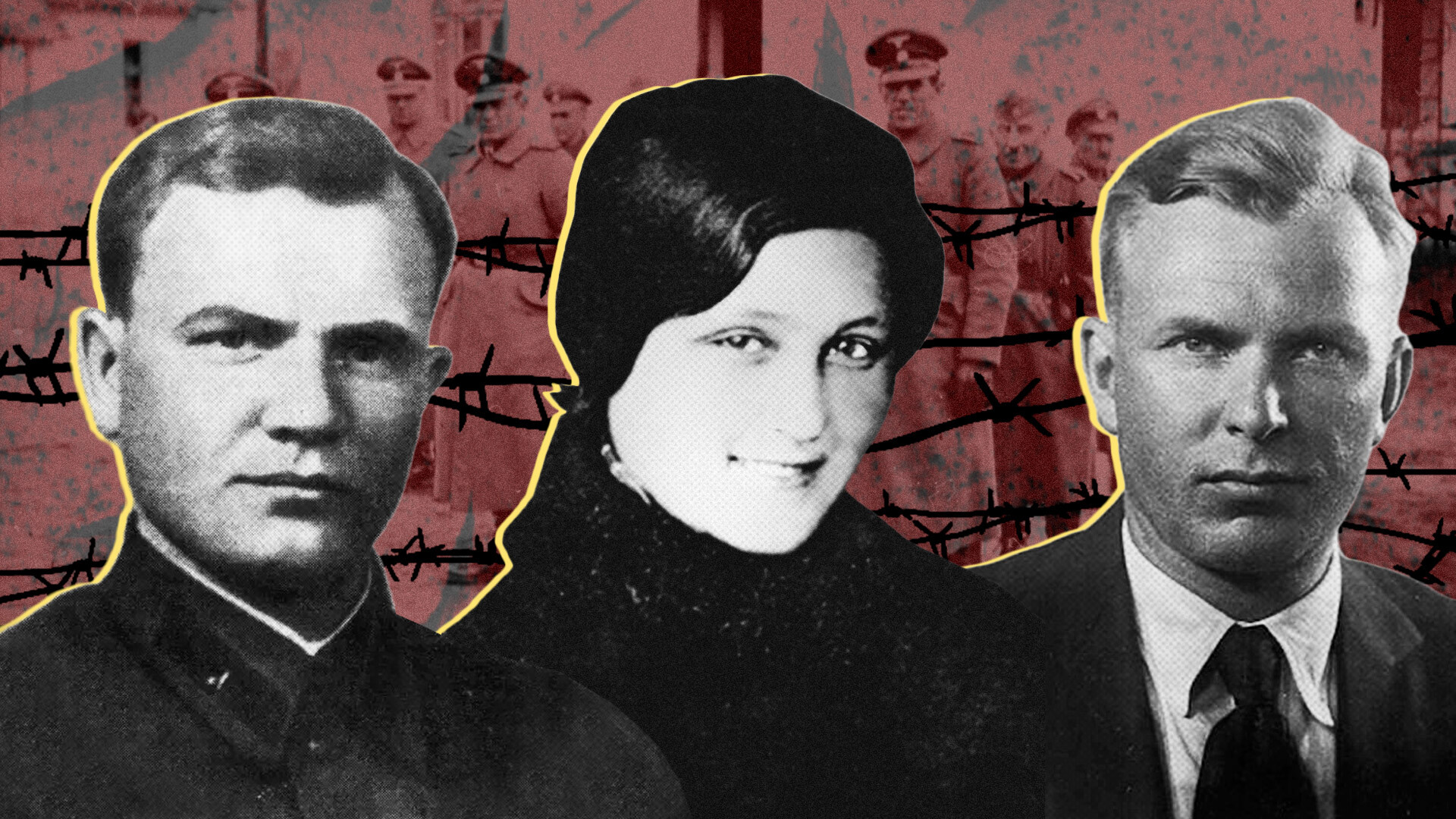

Before the war with Nazi Germany, Vladimir Molodtsov held a senior position in Soviet foreign intelligence. But, after the Wehrmacht’s invasion of the USSR, he had to operate more like a saboteur.
In July 1941, Molodtsov was sent to Odessa to organize a partisan movement there and take charge of sabotage and reconnaissance operations behind enemy lines in the event of the city being occupied. The 4th Romanian Army, supported by several German units and formations, was then pushing towards the ‘Pearl of the Black Sea’, as the city was known.
Soviet forces managed to hold Odessa until mid-October. As soon as the first enemy units entered the city on October 16, they immediately came under fire from the partisan detachments organized by Vladimir Molodtsov. On October 22, an explosion at the Romanian commandant’s headquarters killed several high-ranking officers, including Ioan Glogojeanu, the newly appointed commandant of the city.
On November 17, 1941, several hundred officers of the Romanian Army and officials from the administration of occupied Odessa were killed when a Romanian special train was blown up at Zastava station. The partisans destroyed communication lines and railway tracks, carried out sabotage operations at the port and directed Soviet aviation to important strategic targets.
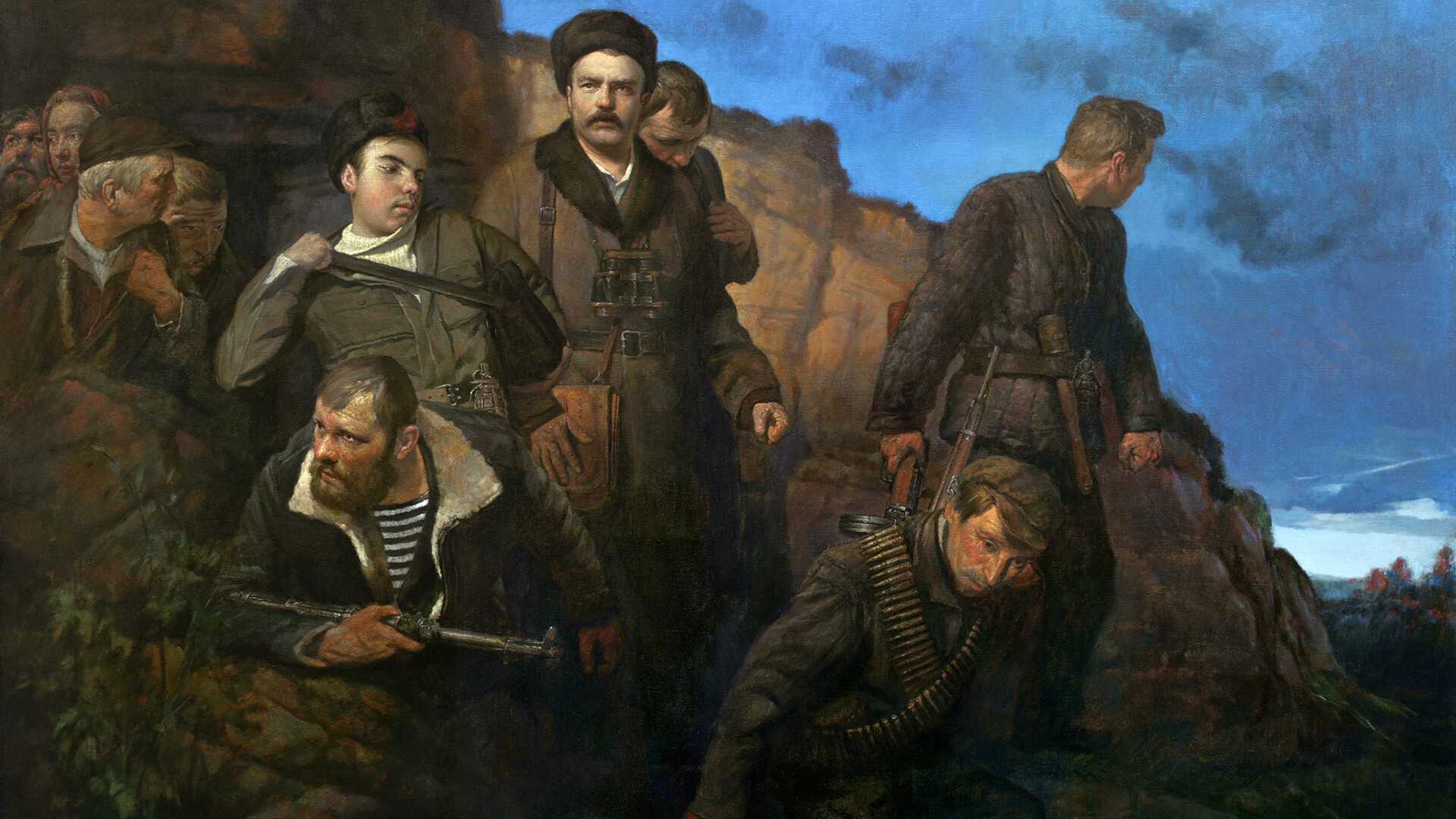
V.A. Molodtsov's detachment goes on a mission from Odessa catacombs.
Archive photoThe partisan detachments hid in the Odessa Catacombs, an extensive system of former stone quarries located under the city. To “smoke” them out, the Germans and Romanians brought in up to 16,000 troops, but they did not succeed.
Molodtsov was captured on February 9, 1942, after being betrayed by a member of the partisan detachment. The intelligence agent courageously endured all the tortures to which he was subjected, during which he didn’t say a word.
He spoke only once, when the Romanians pronounced his death sentence and asked him whether he wanted to plead for clemency. “I am Russian and I am not going to beg an enemy for mercy on my own soil!” Vladimir Aleksandrovich replied. He was shot on July 12, 1942.
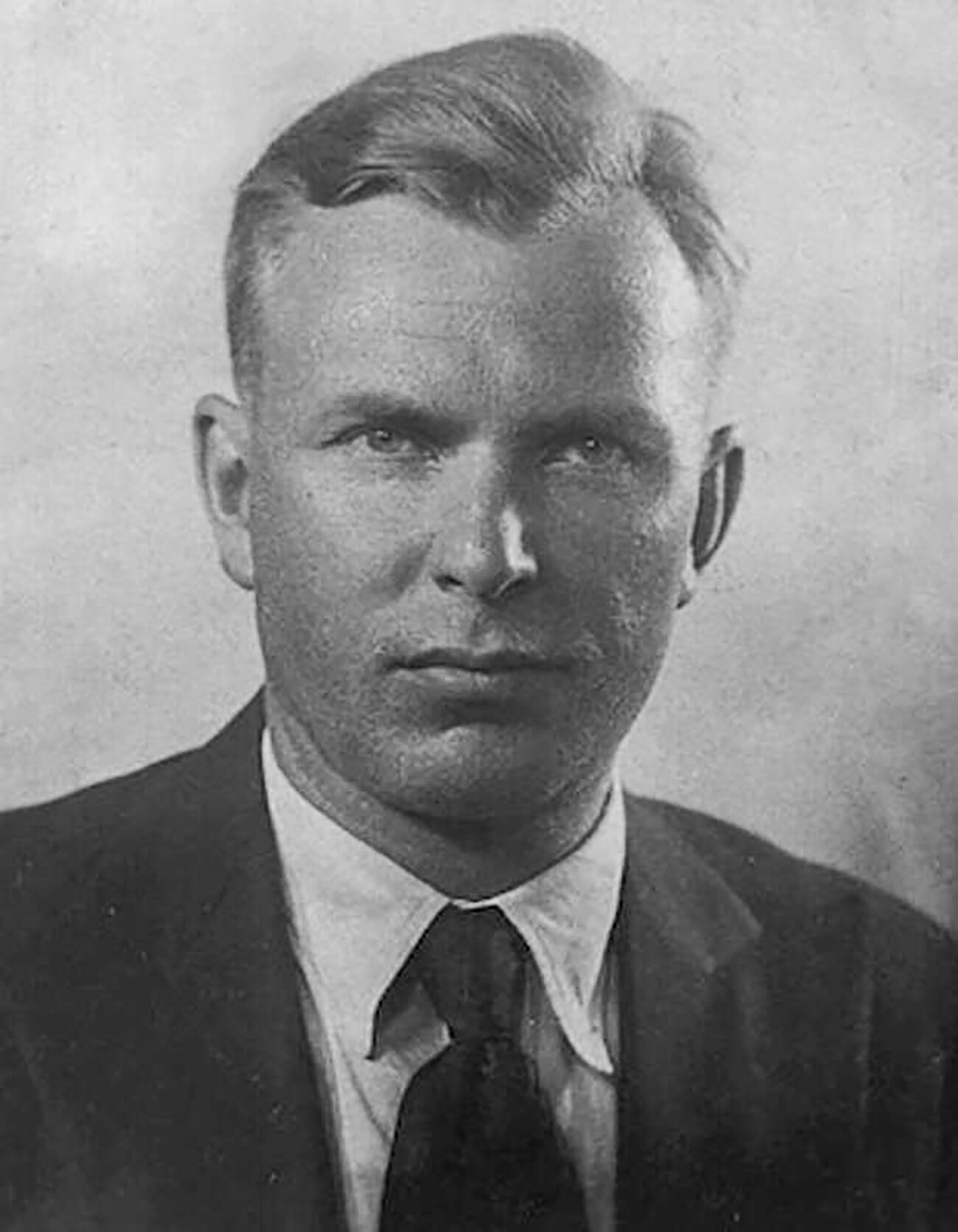
In the Fall of 1941, Viktor Lyagin, on orders from Moscow, took charge of the underground movement in the occupied city of Nikolayev on the Black Sea coast. The Soviet state security officer with the rank of captain had previously gained extensive experience of intelligence work in the United States.
Through Lyagin and his comrades’ efforts, Nikolayev was transformed from a quiet and pleasant resort into a living nightmare for the Germans. Soviet groups numbering several hundred members in total destroyed a number of strategically important installations, including an airfield with 20 planes, military stores and a motor transport depot with three dozen or so trucks.
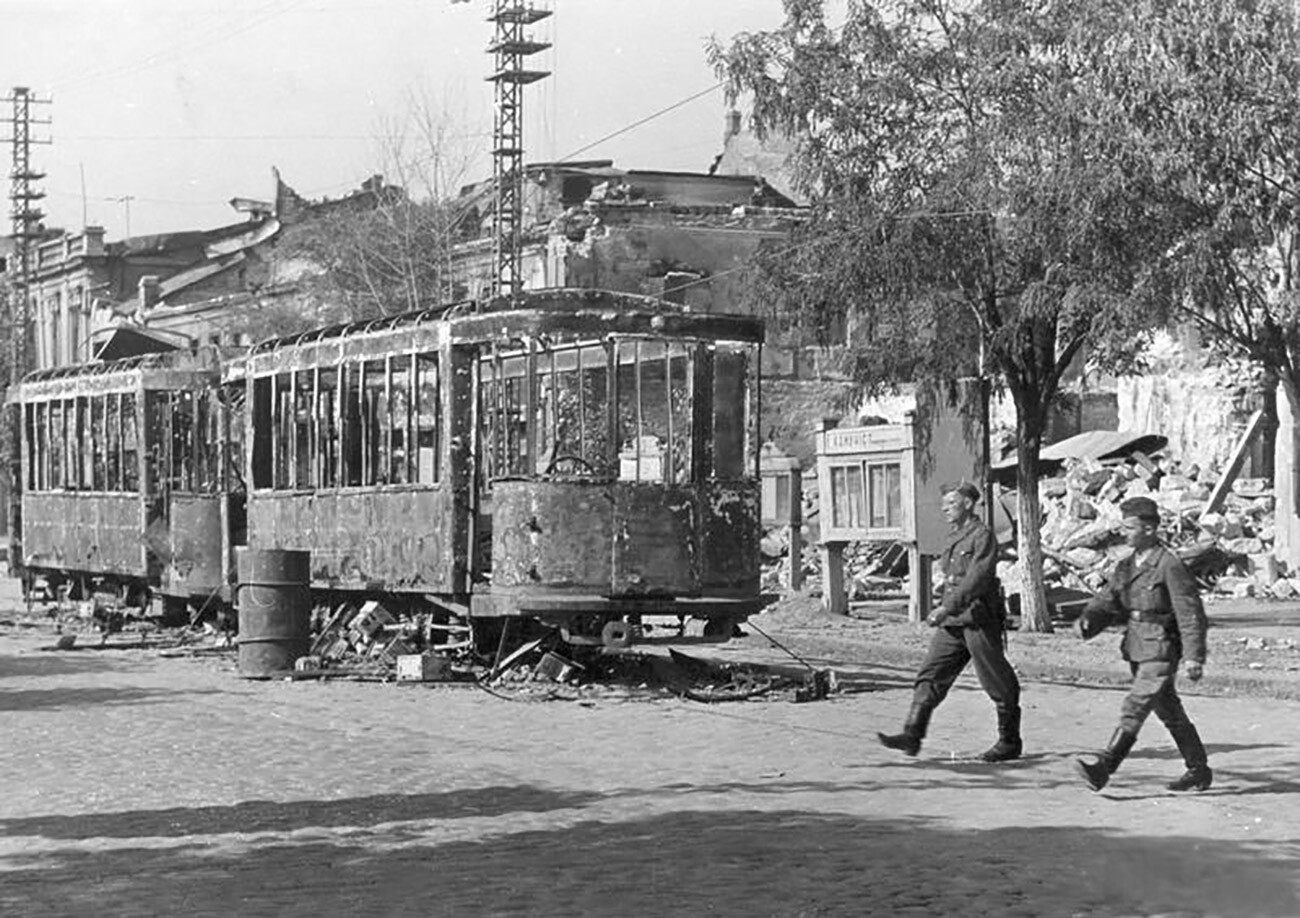
Occupied Nikolayev.
Public DomainIn addition, they regularly sent valuable intelligence regarding the enemy garrison to Moscow and conducted extensive propaganda work among the townspeople, calling on them to rise up immediately against the Germans.
In early 1943, the Nikolayev underground movement was almost totally smashed and Viktor Lyagin ended up in the hands of the Germans. He underwent interrogation and torture, but did not betray the conspirators who were still at large, thus enabling them to continue the fight until the city was liberated in March 1944. The undercover fighter himself did not live to see that day - he was shot on July 17, 1943.
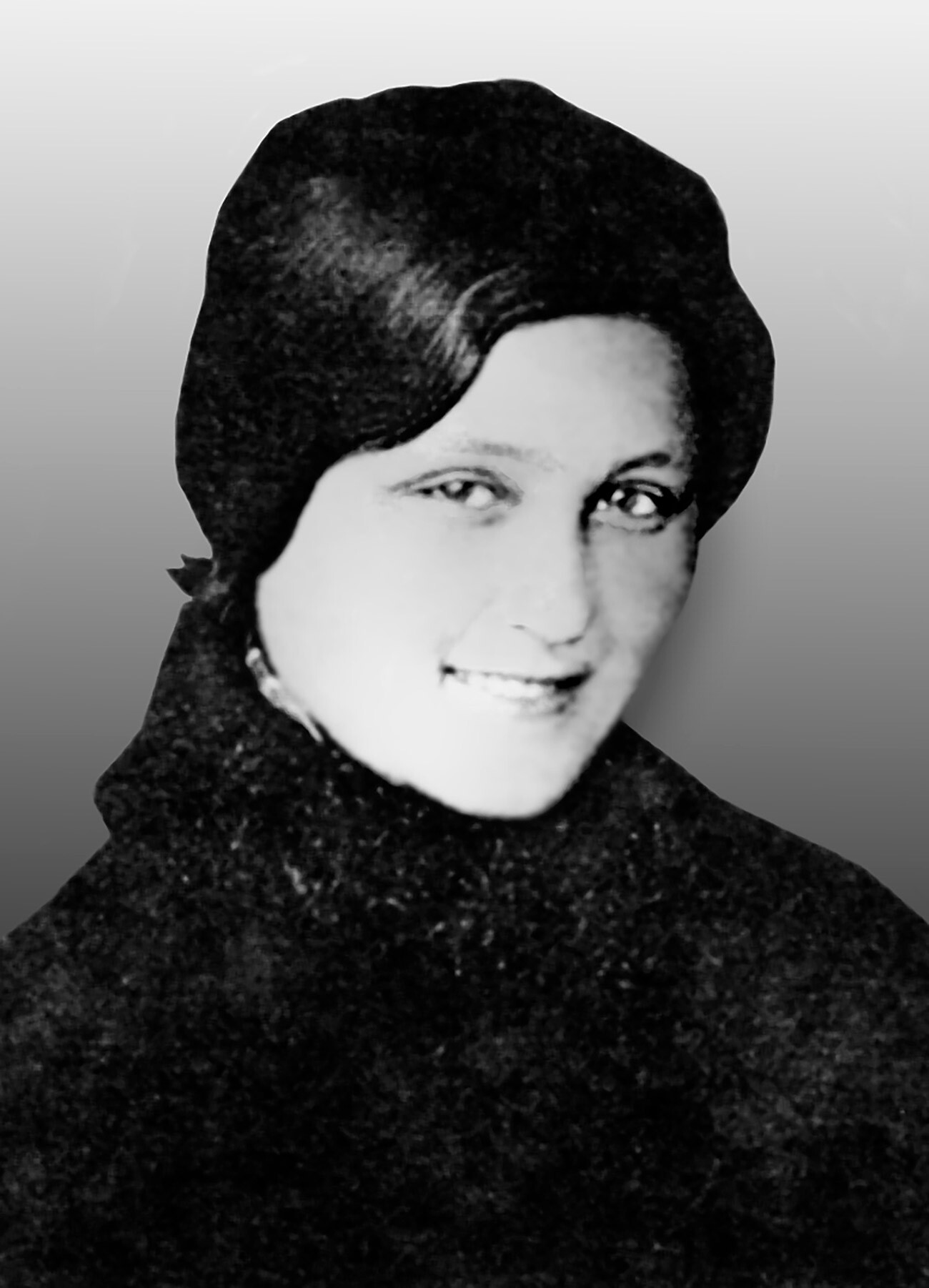
Alime Abdenanova.
Public DomainBy the Fall of 1943, the Soviet command had started to seriously consider the liberation of Crimea. Before the start of offensive operations, an extensive network of agents needed to be set up there, but the plan was encountering considerable difficulties.
The occupying Germans were deporting large numbers of the local population for work in the Third Reich and the inhabitants who remained were subjected to triple registration and travel restrictions. Comings and goings on the peninsula had to take place in full view of the Germans and, in the circumstances, the infiltration of agents was a huge challenge.
One of those who did manage it, however, was resident of the intelligence department of the Maritime Army HQ Alime Abdenanova - a Crimean Tatar and native of the city of Kerch at the eastern extremity of Crimea. On the night of October 2-3, she was dropped by parachute near the village of Dzhermai-Kashik where her relatives lived.
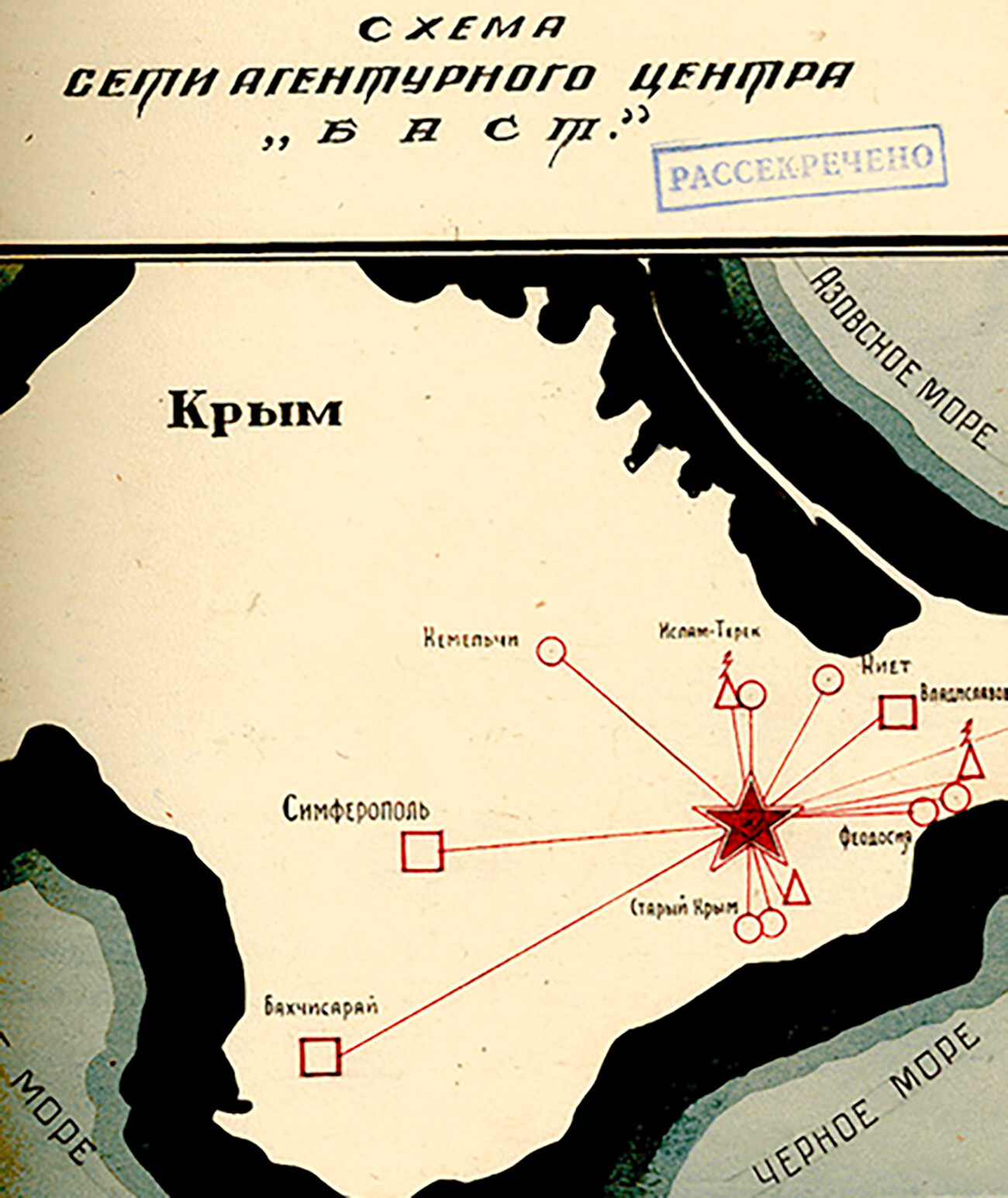
Alima managed to organize a number of the village residents into a clandestine group called ‘Daya’, which, under her direction, monitored movements of enemy troops and military supplies and also collected information about German fortified defenses.
In February 1944, after five months of successful operations, the reconnaissance agent was discovered and captured. The 20-year-old girl was subjected to terrible tortures: Her face was disfigured, her hair and fingernails were pulled out and her arms and legs broken. But the Germans did not get any information out of her.
Alime Abdenanova was shot in Simferopol on April 5, 1944, a week before the city’s liberation by the Red Army.
If using any of Russia Beyond's content, partly or in full, always provide an active hyperlink to the original material.
Subscribe
to our newsletter!
Get the week's best stories straight to your inbox